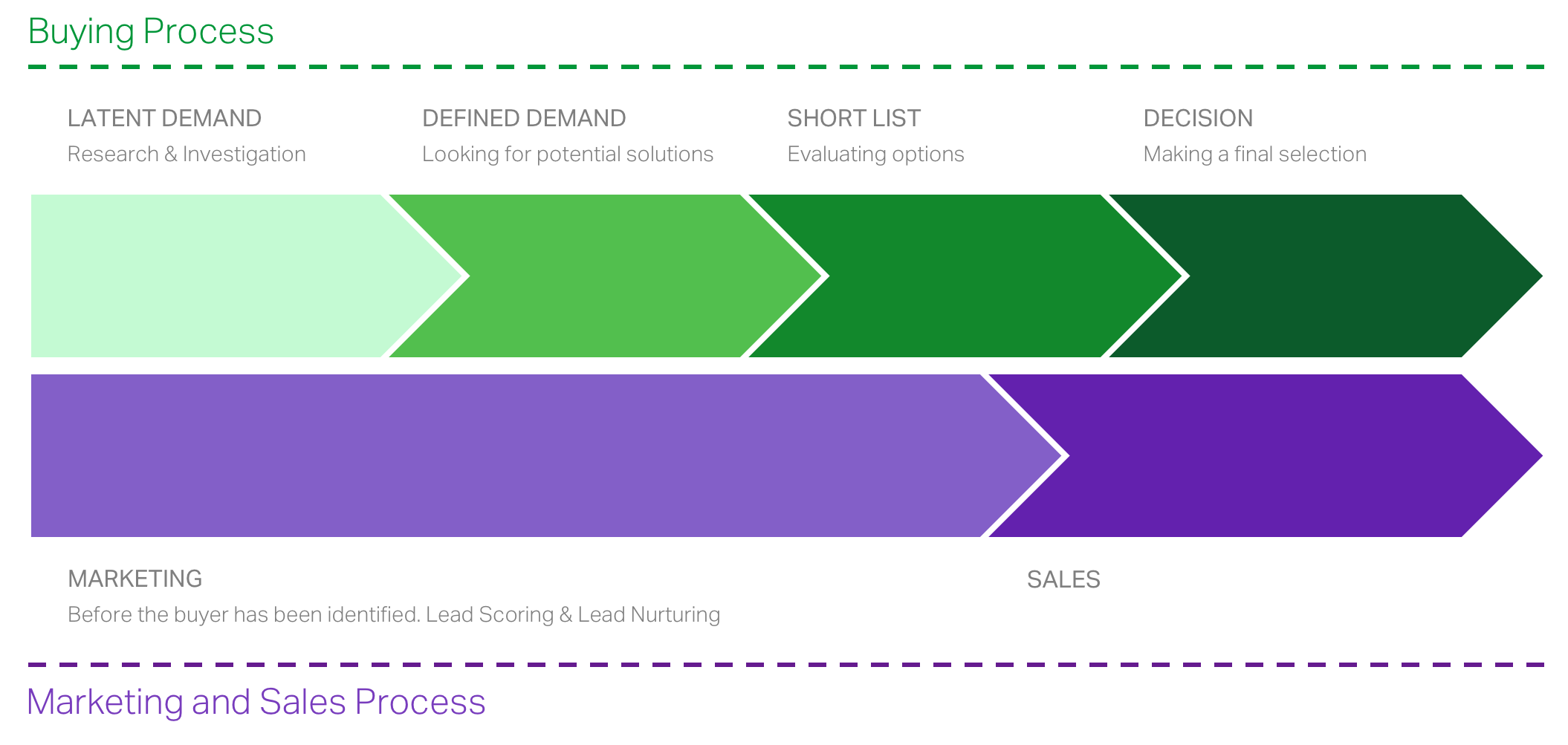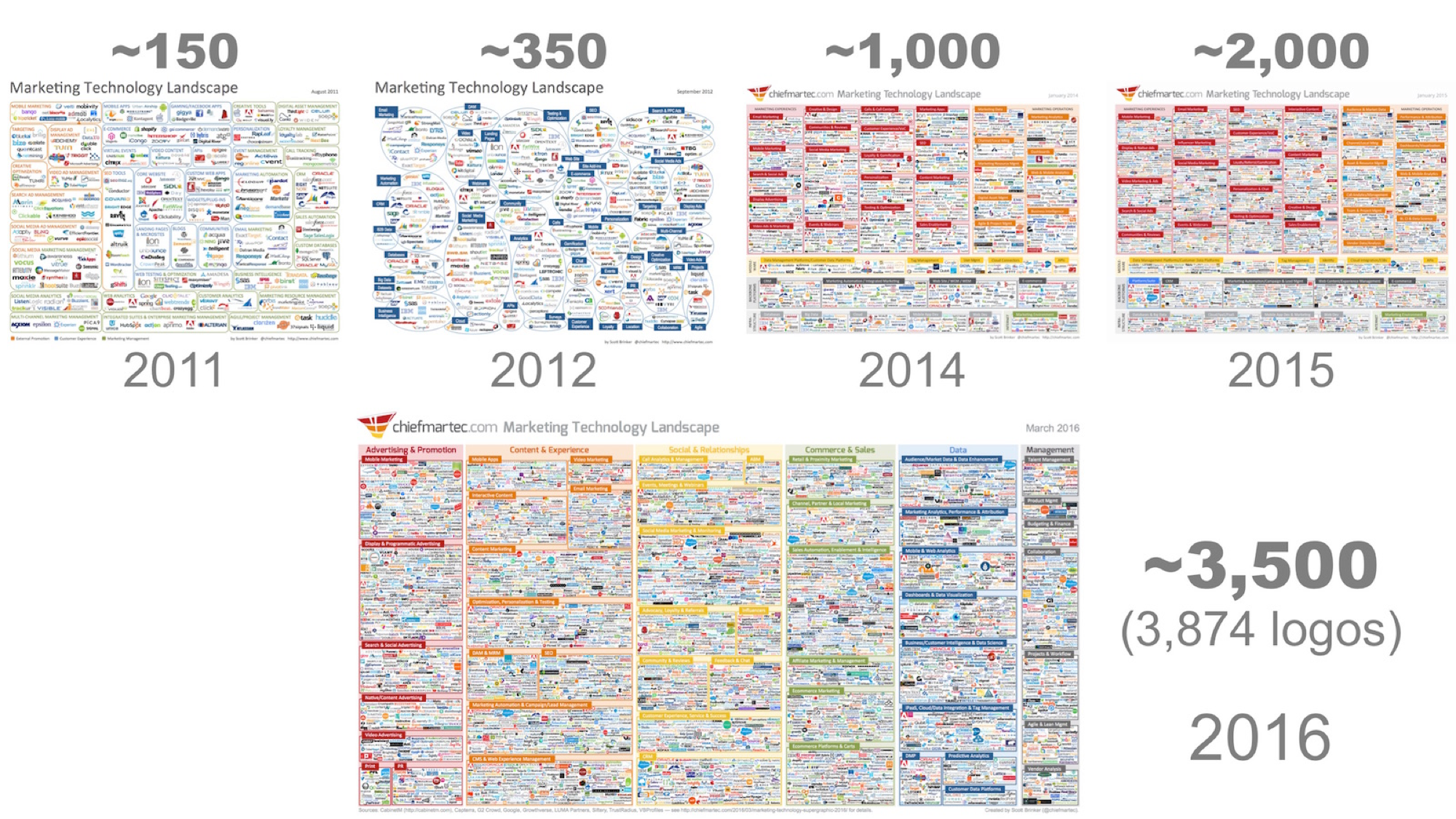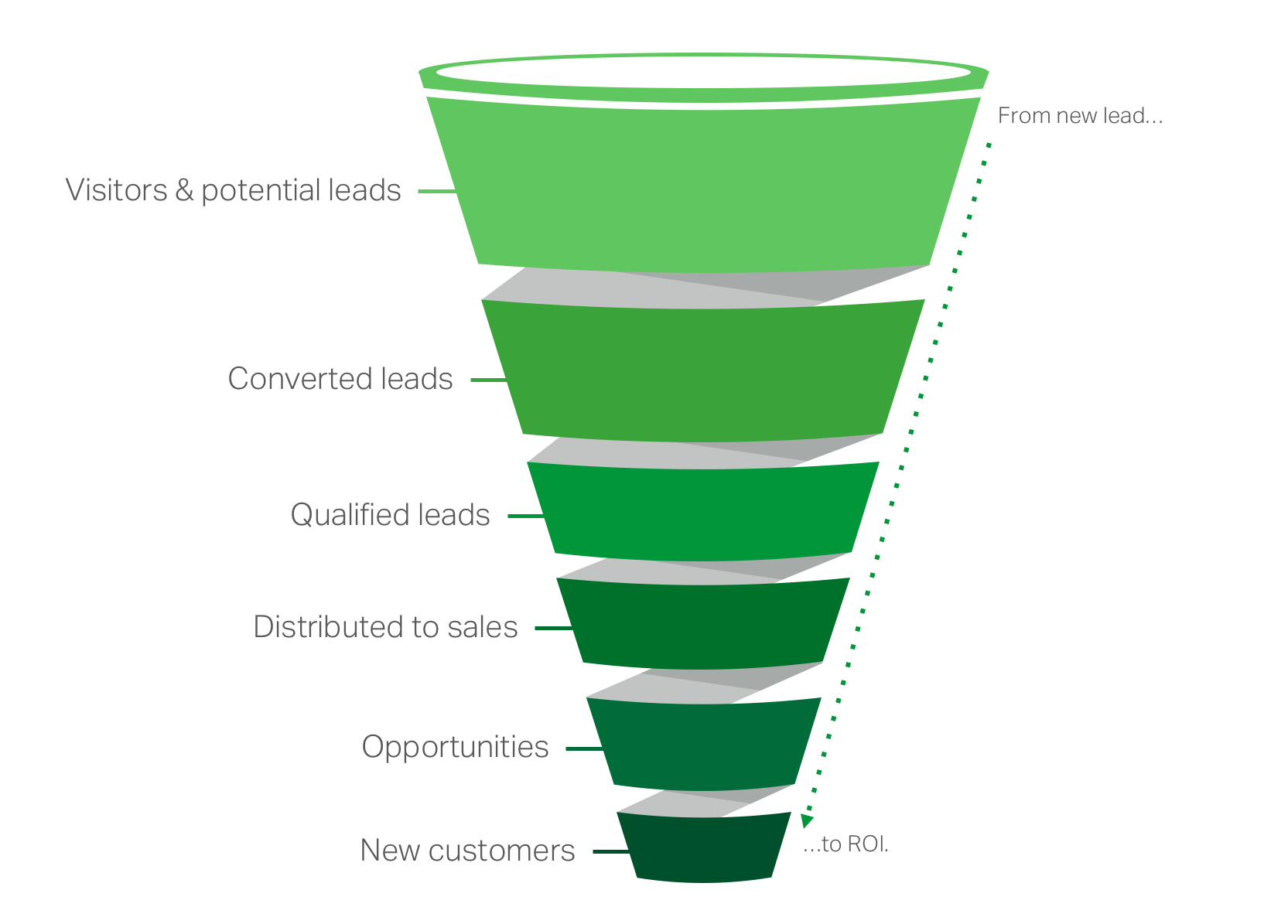Blog
by Olle Jarenfors
Data-driven Demand Generation - Key Takeaways from TopConf 2016
Last week at TopConf 2016 in Tallinn, Erik Hagberg and I gave a talk on data-driven marketing and adding demand generation to your marketing initiatives.
If you want to see the talk in full – you will find a filmed version here.
Meanwhile, I want to share some key takeaways. Things that you as a marketing manager or as part of a modern marketing team should be thinking about – if not already – then as soon as you can!
The buying journey has fundamentally changed!
The first thing that we need to realize as marketers and salespeople is that our buyers behaviors have changed. Whether it’s B2B or B2C or B2B2C2B2C, our buyers have taken control over the buying journey.
At one point in time, presumably the 1950’s and 60’s, it was the seller who ran the show. The buyers only source of information was to get in touch with a short list of potential vendors and ask them for help. I don’t think it will shock you when I say that this isn’t really the case anymore.
Ever since the internet and the age of information it is the buyer who is in the driver’s seat and in control of when the conversation happens, what the agenda is and who get’s to be involved. I have visualized this in the image below. The traditional sales process a lá 1950’s is the dark area at the end of the purple line (Sales). Since then, the buyer’s journey has expanded backwards into all the light green areas of the buying process. This leaves the salesperson in darkness unless we understand how to communicate with our buyers in the light purple section of the buying journey. This is the extended marketing-to-sales process.

Marketers must use data – not just to capture – but to generate demand!
In order to take on the challenge of our buyer’s changing behaviors, we as marketers need to start using data in a much better way – not just to measure anything and everything. The goal is to be able to generate relevant insights out of all the things you choose to measure – otherwise your are quickly going to end up in “information overload” territory.
During our talk at Topconf, we compared the shift of the marketing landscape to some of the major disruptive trends of recent years. Remember how the physical book store business was pulled to it’s knees just a few years after amazon.com started their online book store? Remember what happened to the CD and record stores after the birth of streamed music platforms like Spotify and Apple Music? And the same thing for video rentals after the birth of Netflix and similar services.
The same thing is happening within marketing. Traditional marketing is taking a turn towards permission based, Inbound and content-driven marketing. Marketing is no longer just about brand messages and ad campaigns. It’s about engaging with potential buyers at the place where the buyer is doing her information gathering: the internet. Gartner predicted as early as 2011 that the CMO would be spending more on IT than the CIO by 2017. This year, they were almost correct (one year early); CMO’s have spent 3,24% of annual revenue on IT compared to CIO’s 3.4%.
So, we need to use tools to measure our customers and potential customers activities as they engage with us. What tools are there to choose from? The image below is from one of my favourite digital marketing blogs chiefmartec.com. Every year since 2011 they put together a map of digital marketing tools available. In 2011 it was ca. 150. A year later it had doubled. And since then it has more than doubled every year leaving us with more than 3800 tools to choose from now.

There are probably as many ways to slice this marketing pie as there are people calling themselves marketing experts (myself included). But I want to propose that instead of looking at 3800 different tools, you need to focus on three (3) main platforms first. Then once you have those in place, you can choose to add on as many cool tools as you can handle. These three platforms are going to be the foundation of your interaction with buyers in different parts of their buying journey – starting from an anonymous visitor online to becoming a buying customer.
The goal is to create a customer engagement platform
By Customer Engagement Platform I don’t mean a brand new software suite. I use that term to group a number of platforms together: the foundation of platforms that marketers and salespeople will use to interact and communicate to customers with.

These three platforms are:
1) Content Management System (CMS) or a web publishing system. In this platform we engage with anonymous visitors and bring them into our conversation.
2) Marketing Automation Platform (MAP). From a marketer’s perspective this might be the most important tool. Or at least the tool that a marketer will be spending the most time working in. It is in this platform that we develop of traffic into potential buyers. Through relevant communication and using the information available to us about our visitors, we engage with them in efforts to nurture them forward in their buying journey.
3) Customer Relationship Management system (CRM). When a visitor has been generated on the web and then been nurtured into a qualified lead in the MAP – that lead is automatically synced into the CRM where the salesperson receives the lead and can start working with the tactical sales process of closing the deal. This has a number of major benefits compared to just calling whatever visitor we can identify on the web. Instead of wasting the expensive salesperson’s time with cold-calling bad leads – that salesperson can spend all her time only focusing on qualified leads that have been vetted through marketing. Further, connecting the CRM together with the earlier platforms creates the ability for us to understand what marketing initiatives and investments are generating real returns.

The Funnel above depicts the simplest of steps from creating a new lead online and then moving down the funnel towards becoming a new customer. With these three platforms intertwined we are able to work with these steps as key performance indicators that can attribute real business value. We as marketers must move away from only measuring attendees at events and clicks on ads. We need to measure leads delivered to sales. And salespeople must move away from measuring amount of calls per day or meetings booked. We need to connect the lead-to-revenue process.
Get in touch
Let us offer you a new perspective.


